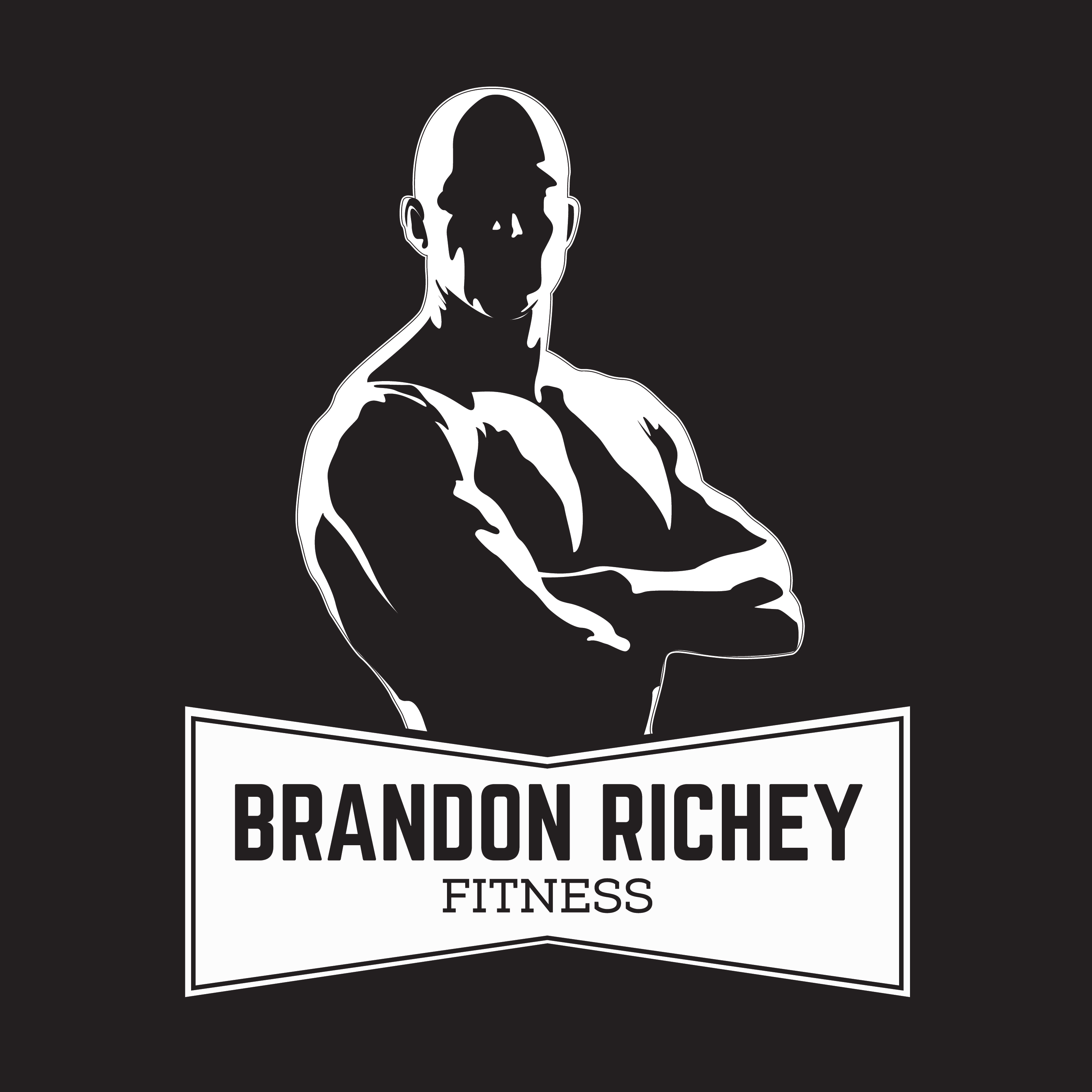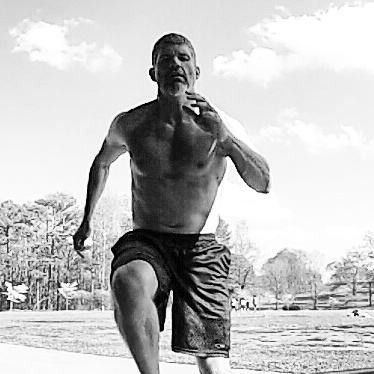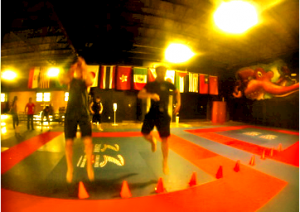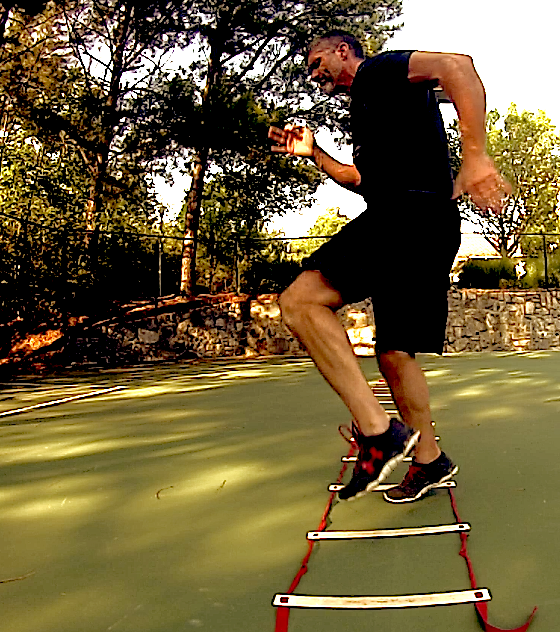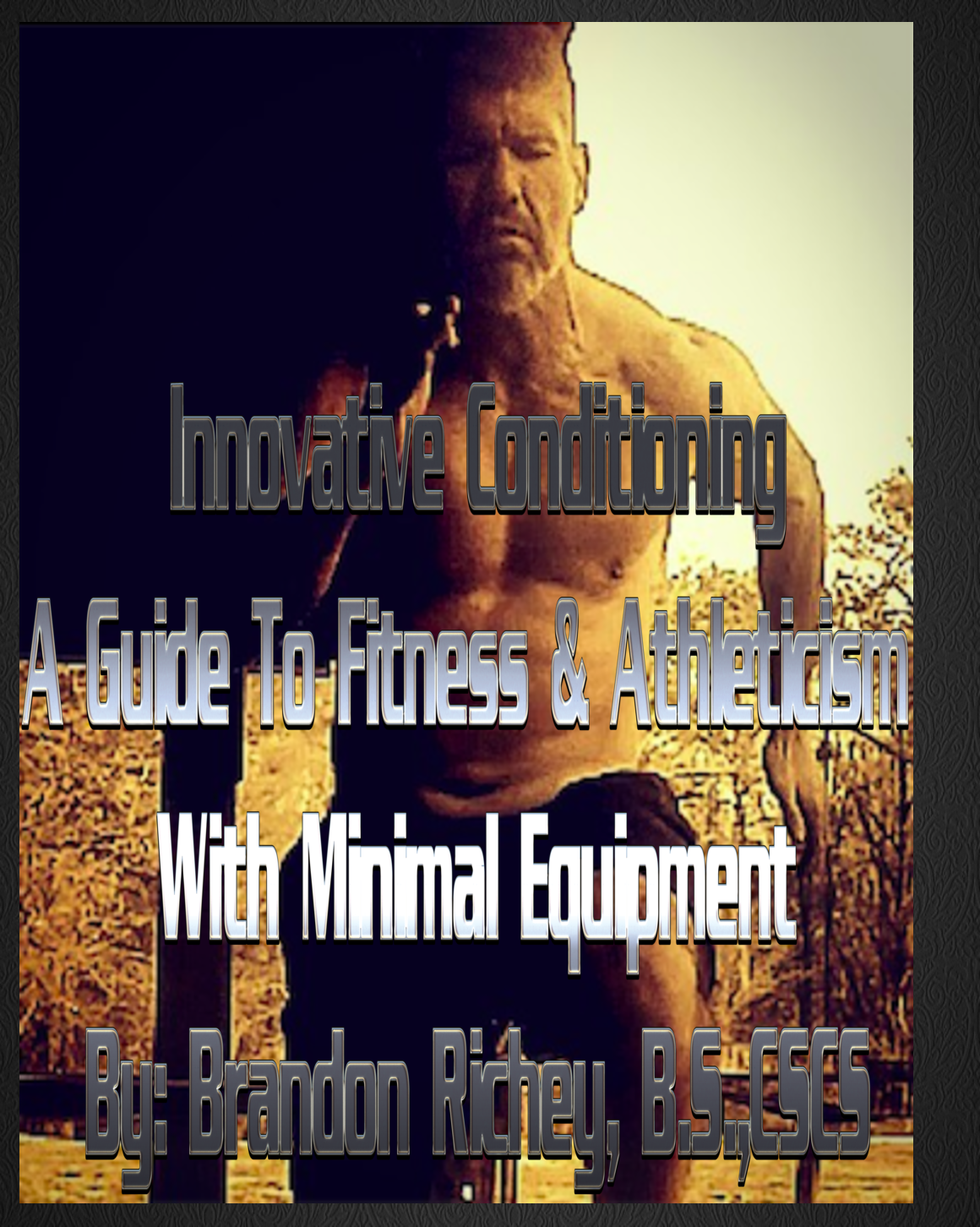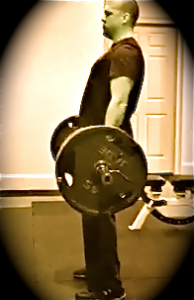
Part 1 Of High Impact Strength Movements…The Deadlift
So today is going to be the start of a 4 part series I’m devoting to different lifts/movements that should be covered in one form or another in every strength and conditioning program. Keep in mind that the lifts and/or movements that I’m going to be examining can be varied to achieve a different training stimulus depending on the goal of the respective individual. That being said let’s dive right in and talk about the good ‘ole deadlift today! BOOM.
Examining The Deadlift…
Deadlifting is of enormous benefit to you in terms of achieving great total body strength, building lean muscle mass, building stabilization, and protecting you from injury. I can go on and on and on about the benefits of a properly executed deadlift. There is just no real end to what greatness can be achieved with this lift. I guess God intended it to be that if we could properly bend over to pick up something heavy then it would greatly benefit us, period…end of story.
Now having said that I want to start out by saying that this is the first article of a 4 part series I’m doing to narrow down 4 highly impactful strength movements that can serve as pretty much the foundation of any sound strength program. The thought process that I had with this upcoming series was really derived from just enlightening you with a simple approach to strength.

I get questions on a regular basis about what exercises I would most recommend including into a strength program. I have spoken about this on a number of occasions and with all the information available on YouTube and other training websites it’s easy to see how more confusion can be created about this topic rather than helping a curious mind to get some freaking answers. Well I intend on helping you to overcome that with this upcoming 4 part series starting with this article by focusing in on our friend the good ‘ole deadlift.
Now having said all of this the deadlift, or more specifically the conventional barbell deadlift, does require a bit of technique to pull off, and for the sake of this article if someone is able to do so then we need to operate under the assumption that the individual performing this lift also has a functioning body that is capable of performing the movement in the first place. For the sake of time I’m not going to go over corrective strategies in this post, but I will point out some common technical considerations when trying to execute this kick ass lifting drill.

First of all, as a strength coach I always like to give my students some helpful cues before performing the conventional deadlift. One way I do this is by drawing the distinction between what a deadlift is and fundamentally how different it is than a squat. Oh really coach, why is that?
The reason I draw this distinction between squatting and deadlifting is because it’s about the efficiency of performing the movement. You see a squat is basically a top down movement. You start out standing and then you try to go ass to grass as you would hear many coaches say with maximal flexion of the knees and hips for a full ROM. On the other hand, the deadlift doesn’t include maximal flexion of BOTH the knees and hips during the movement.
Generally opposite of the squat the deadlift is a bottoms up movement, not a top down movement. Because of this you are having to create a solid “set up” in your lifting technique from a point of flexion. Unlike the squat you don’t want maximal flexion of BOTH the knees and hips, but rather more flexion of the hips with only about a 20 degree flexion of the knees as I once heard from competing strength athlete Elliot Hulse. It’s about finding the most effective set up at the beginning of the movement in order to successfully pull a heavy load off the ground.


In doing this when pulling the load the lifter should also effectively be capable of activating the posterior chain consisting of the erector spinae, glutes, and hamstring muscles forcefully all at one time. Unfortunately many folks tend to have some sort of muscular and postural dysfunction which can tend to cause them to lean more heavily on stressing only one of these 3 muscle groups more than some of the others. This is why all beginners should work on practicing to master the movement at a low intensity before trying to go out and set some crazy intense PR.
Aside from setting the proper hip and knee position the other technical consideration for you to look at is making sure that you also maintain a neutral spinal position. This is key by making sure the knee and hip position are set right up the chain to you being able to maintain alignment through your spine. You will also want to make sure you don’t allow your knees to buckle inward during any point of the movement.
From here it’s just all about being able to properly brace yourself as you create that much needed intrathoracic pressure through your core center to pull that weight off the ground. To give you a visual I took this little video of me pulling the barbell. This was my 5th set and I’m pulling a pretty good load for me at 315 lbs.
Now with the video you can clearly see me brace right before every pull by taking the slack out of the bar, pulling my shoulders back, and slightly dropping my hips. These are all important cues that play a role into me being able to successfully pull that weight off the ground. Despite the weight I managed to do a pretty solid job of also maintaining a neutral spinal position. This should be the goal of every lifter, despite the weight. If you can master this then you can master some ball busting new PR’s with your deadlift and do so injury free my friend.
This concludes Part 1 of High Impact Strength Movements. Make sure to keep your eyes open for Part 2. Please leave your questions and comments in the comment box below and I’ll respond to them. Remember that most anyone can train hard, but only the best train smart my friend.
Related Articles
My Interview Podcast With The Super Strength Show
Emphasize Your Athletic Fitness
Part 2 Of High Impact Strength Movements…The Press
Get Free Updates And Training Guides Here
